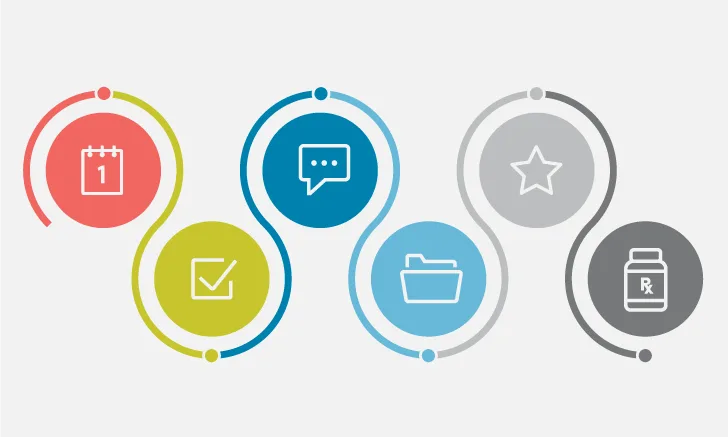Scheduling Appointments to Make the Day Flow Smoothly
Stith Keiser, BA, Blue Heron Consulting, Rochester, New York

I recently spent a few days onsite with the new owner of a small animal practice. We had also met the previous evening and over dinner discussed her primary concerns.
She said the practice was extremely busy—a good problem to have—but the team spent the day running from 1 appointment to the next and she spent most evenings catching up on records because she had no time during the day.
As a result, she was sacrificing family time, team members were experiencing burnout, clients were experiencing long wait times for appointments, and patients were not receiving optimum care because of the hurried environment.
Many practice owners likely can relate to her situation.
Related Article: Work-Life Balance within Veterinary Practice
An overwhelming practice schedule comes with many consequences that proper scheduling can dramatically ameliorate. For example, longer wait times have been shown to impact the client’s experience and, therefore, the client’s likelihood of returning to the practice. Clients give poor communication and customer service, which may follow from hurried appointments, as the most common reasons for leaving a practice (except for patients passing away or clients moving).1
Practice owners wondering about the value of appropriate scheduling should consider the impact on the practice’s bottom line. Use the following formula to calculate the potential revenue impact:

Assume the average client has 2 pets.
The client visits with each pet twice yearly.
That client, on average, spends $180 per pet, per visit.
The client remains with the practice for 5 years,2 on average.
Lifetime client value = $3600
Equating the loss of a client to cost shows clearly that running the most efficient practice possible benefits not only patients, clients, and all team members, including owners, but also the bottom line.
Related Article: Keys to Time Management
Establishing Appointment Flow
Fortunately, appointment flow can reduce many owner headaches. Every emergency cannot be controlled and some days will always be more stressful, but steps can be taken to minimize these events.
Related Article: How to Normalize Emergencies in Practice
Start by creating a visual map of the practice’s daily flow. This helps recognize each client touchpoint and identifies inefficiencies and bottlenecks more easily. (See Mapping a Practice Appointment Flow.)
Mapping a Practice Appointment Flow
The ideal flow cannot be achieved without strategic scheduling, so be sure to create an appointment schedule that benefits all involved by accounting for different appointment types, veterinarian availability, optimum team leverage, and client convenience.
Consider conducting a time study, using a travel sheet to note the time spent on each portion of the client visit and comparing actual to scheduled time. If appointments consistently take longer than scheduled, check first for efficiency and training opportunities, and then consider building in small cushions of time when scheduling each appointment.
The ideal flow cannot be achieved without strategic scheduling, so be sure to create an appointment schedule that benefits all involved by accounting for different appointment types, veterinarian availability, optimum team leverage, and client convenience.
Also, defining the “perfect” client experience allows creation of a schedule that can accommodate the flow needed to provide patients with the best care, clients with a stellar experience, and team members with some sanity.
Related Article: How to Improve Your Waiting-Room Experience
Conclusion
When a practice owner works with his or her team to formulate every step they want included in an appointment to ensure the kind of experience they want for their clients and patients, and knows how much time to allow for an average appointment, everyone benefits.